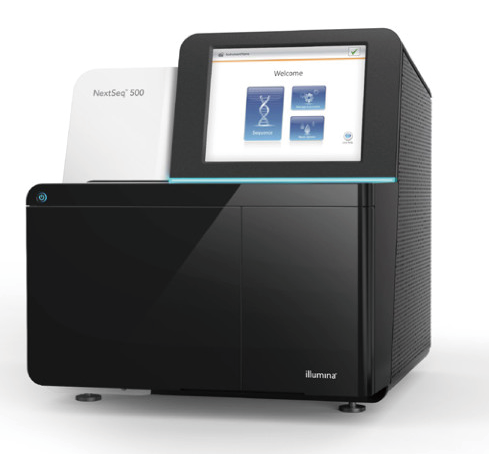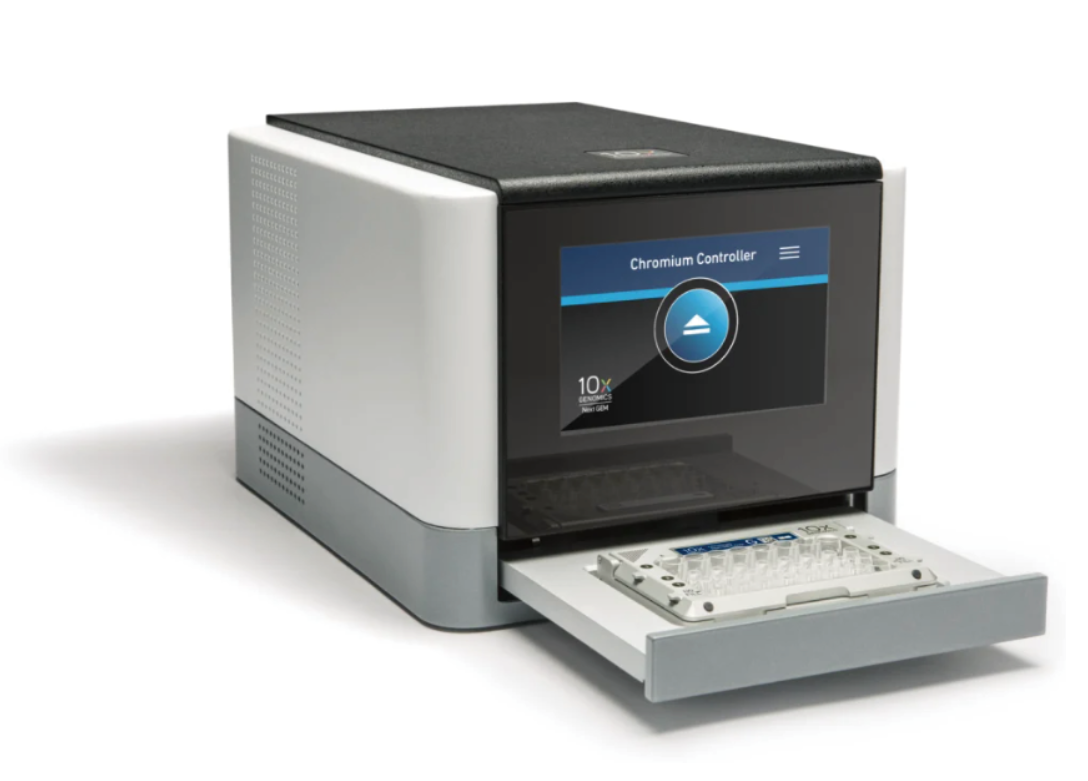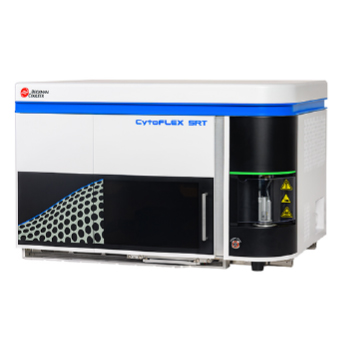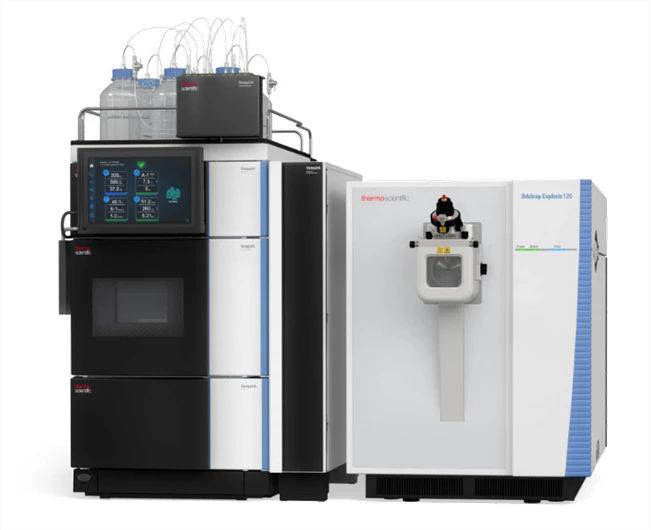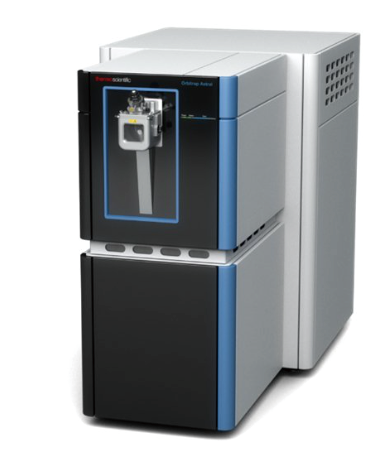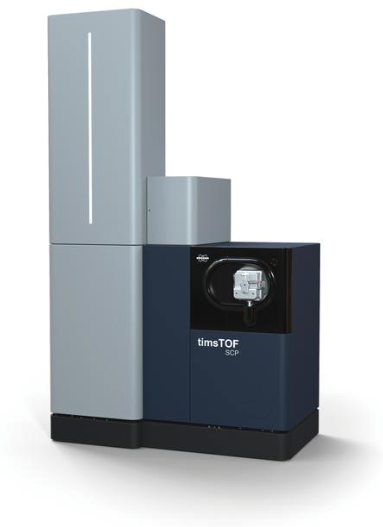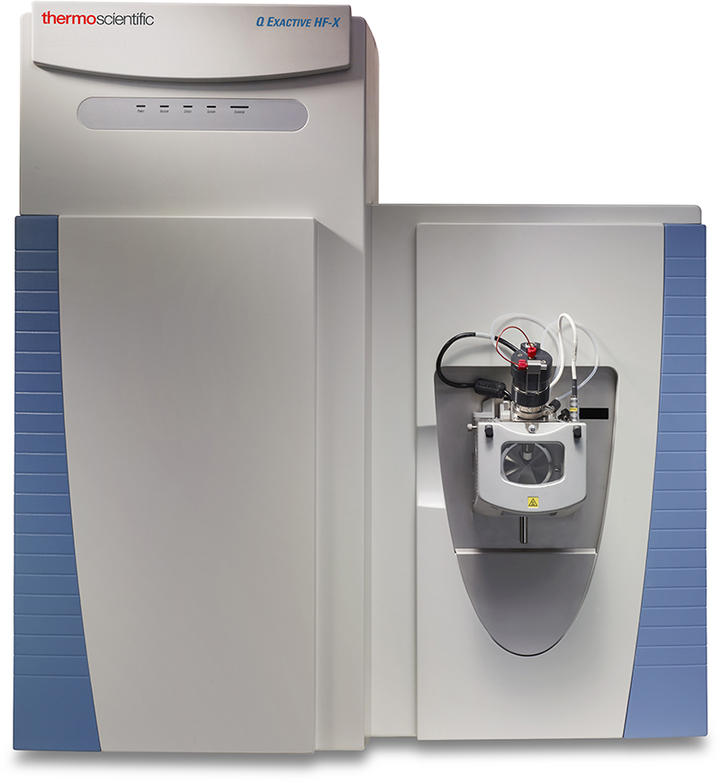Abstract
Temperature and humidity are the most important factors affecting
the growth, reproduction, and survival of bees. Apis mellifera are
important pollinating bees that are widely used in agricultural systems.
However, the higher temperatures and humidity in greenhouses are not
conducive to the survival of bees. Although previous research has
revealed the behavioral responses and physiological mechanisms of
honeybees to adapt to high temperature and humidity, there are few data
on the exact molecular mechanisms involved. In our study, we
investigated gene expression in A. mellifera under different temperature
and humidity treatments, using transcriptomic analysis to identify
differentially expressed genes (DEGs) and relevant biological processes.
Based on the transcriptomic results, we selected several genes with
significant differences in expression, and detected the expression
patterns of these genes at different temperatures or humidity or
different treatment times by q-RT PCR. In the high temperature
treatments, 434 DEGs were identified; in the high humidity treatments,
86 DEGs were identified; in the combined high temperature and humidity
treatments, 266 DEGs were identified. Analysis results showed that DEGs
were enriched in pathways related to amino acid and fatty acid
biosynthesis and metabolism under each treatment. In addition, heat
shock proteins, zinc finger proteins, serine/threonine-protein kinases,
and antioxidase were differentially expressed between the different
treatments. The results of the q-RT PCR showed that the expression
levels of these genes increased with increasing temperature and over
treatment time. Our findings provide a general expression profile of the
adaptive expression of heat-resistance genes responding to high
temperature and high humidity in A. mellifera, including the expression
patterns of several DEGs. Our data provide a basis for future research
on the mechanisms underlying the adaptation of insects to high
temperature and humidity.
Text link:
https://www.sciencedirect.com/science/article/pii/S0147651319309303?via%3Dihub






